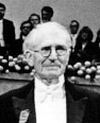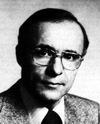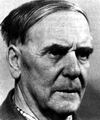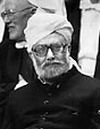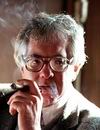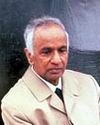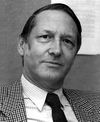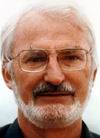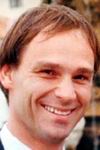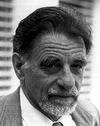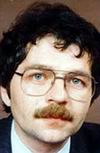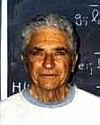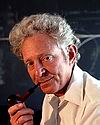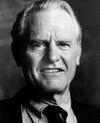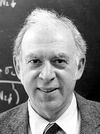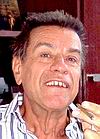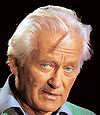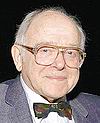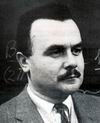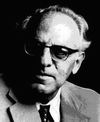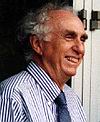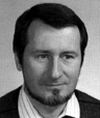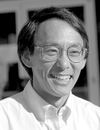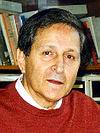Nobel prize for physics
|
1901 Wilhelm Conrad Roentgen 1902 Hendrik Antoon Lorentz, Pieter Zeeman 1903 Antoine Henri Becquerel, Pierre Curie, Marie Curie 1904 Lord (John William Strutt) Rayleigh 1905 Philipp Eduard Anton von Lenard 1906 Sir Joseph John Thomson 1907 Albert Abraham Michelson 1908 Gabriel Jonas Lippmann 1909 Guglielmo Marconi, Karl Ferdinand Braun 1910 Johannes Diderik van der Waals 1911 Wilhelm Carl Werner Otto Fritz Franz Wien 1912 Nils Gustaf Dalen 1913 Heike Kamerlingh Onnes 1914 Max Theodor Felix von Laue 1915 Sir William Henry Bragg, Sir William Lawrence Bragg 1917 Charles Glover Barkla 1918 Max Karl Ernst Ludwig Planck 1919 Johannes Stark 1920 Charles Edouard Guillaume 1921 Albert Einstein 1922 Niels Henrik David Bohr 1923 Robert Andrews Millikan 1924 Karl Manne Georg Siegbahn 1925 James Franck, Gustav Ludwig Herz 1926 Jean Baptiste Perrin 1927 Arthur Holly Compton, Charles Thomson Rees Wilson 1928 Sir Owen Willans Richardson 1929 Prince Louis-Victor Pierre Raymond de Broglie 1930 Sir Chandrasekhara Venkata Raman 1932 Werner Heisenberg 1933 Erwin Schrodinger, Paul Adrien Maurice Dirac 1935 Sir James Chadwick 1936 Victor Franz Hess, Carl David Anderson 1937 Clinton Joseph Davisson, Sir George Paget Thomson 1938 Enrico Fermi 1939 Ernest Orlando Lawrence 1943 Otto Stern 1944 Isidor Isaac Rabi 1945 Wolfgang Pauli 1946 Percy W. Bridgman 1947 Sir Edward V. Appleton 1948 Lord Patrick M.S. Blackett 1949 Hideki Yukawa 1950 Cecil F. Powell 1951 Sir John D. Cockcroft, Ernest T.S. Walton 1952 Felix Bloch, Edward Mills Purcell 1953 Frits Zernike 1954 Max Born, Walther Bothe 1955 Willis Eugene Lamb, Polykarp Kusch 1956 William Shockley, John Bardeen, Walter Houser Brattain 1957 Chen Ning Yang, Tsung-Dao Lee 1958 Pavel A. Cherenkov, Ilya M. Frank, Igor Y. Tamm 1959 Emilio Gino Segre, Owen Chamberlain 1960 Donald A. Glaser 1961 Robert Hofstadter, Rudolf L. Moessbauer 1962 Lev Davidovich Landau 1963 Eugene P. Wigner, Maria Goeppert-Mayer, Johannes Hans D. Jensen 1964 Charles H. Townes, Nikolai G. Basov, Alexander M. Prokhorov 1965 Sin-Itiro Tomonaga, Julian S. Schwinger, Richard P. Feynman 1966 Alfred Kastler 1967 Hans Albrecht Bethe 1968 Luis W. Alvarez 1969 Murray Gell-Mann 1970 Hannes Olof Gosta Alfven, Louis Eugene Felix Neel 1971 Dennis Gabor 1972 John Bardeen, Leon N. Cooper, Robert J. Schrieffer 1973 Leo Esaki, Ivar Giaever, Brian D. Josephson 1974 Sir Martin Ryle, Antony Hewish 1975 Aage Niels Bohr, Benjamin R. Mottelson, Leo James Rainwater 1976 Burton Richter, Samuel Ting 1977 Philip W. Anderson , Sir Nevill Francis Mott , John H. Van Vleck 1978 Pyotr Leonidovich Kapitsa, Arno A. Penzias , Robert W. Wilson 1979 Sheldon L. Glashow , Abdus Salam , Steven Weinberg 1980 James W. Cronin, Val Logsdon Fitch 1981 omylem jsem smazal 1982 Kenneth G. Wilson 1983 Subrahmanyan Chandrasekhar, William Alfred Fowler 1984 Carlo Rubbia , Simon Van Der Meer 1985 Klaus Von Klitzing 1986 Ernst Ruska, Gerd Binning , Heinrich Rohrer 1987 Georg J. Bednorz , Karl Alexander Muller 1988 Leon M. Lederman , Melvin Schwartz , Jack Steinberger 1989 Norman F. Ramsey, Hans G. Dehmelt, Wolfgang Paul 1990 Jerome I. Friedman , Henry W. Kendall, Richard E. Taylor 1991 Pierre-Gilles de Gennes 1992 Georges Charpak 1993 Russell A. Hulse, Joseph H. Taylor, Jr. 1994 Bertram N. Brockhouse, Clifford G. Shull 1995 Martin L. Perl, Frederick Reines 1996 David M. Lee , Douglas D. Osheroff , Robert C. Richardson 1997 Steven Chu, Claude Cohen-Tannoudji , William D. Phillips |

